Focus on Developing Cloud-Network Integration: The 12th SUVAS Ended in A Great Success!
2018-10-26
On October 13th, 2018, in Guilin City, themed around “Cloud-Network Integration for More Value” the 12th SUVAS was launched in success. Attracted to the SUVAS, around 70 distinguished guests, including the leaders of Asia-Pacific Region branches of major overseas telecom operators and enterprise Cloud service providers, came and participated into enthusiastic discussion on the development of telecom value-added business in the background of Cloud-network integration.
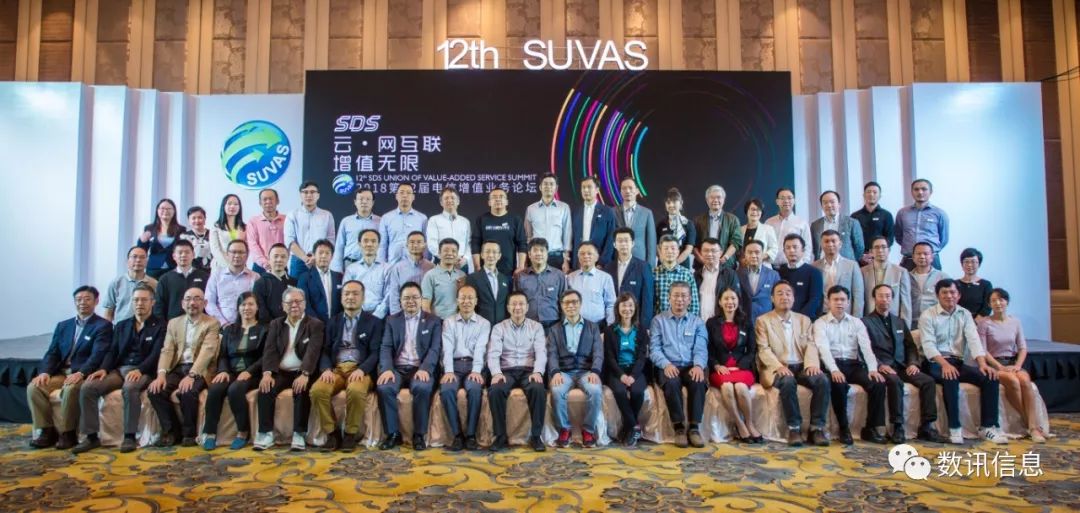

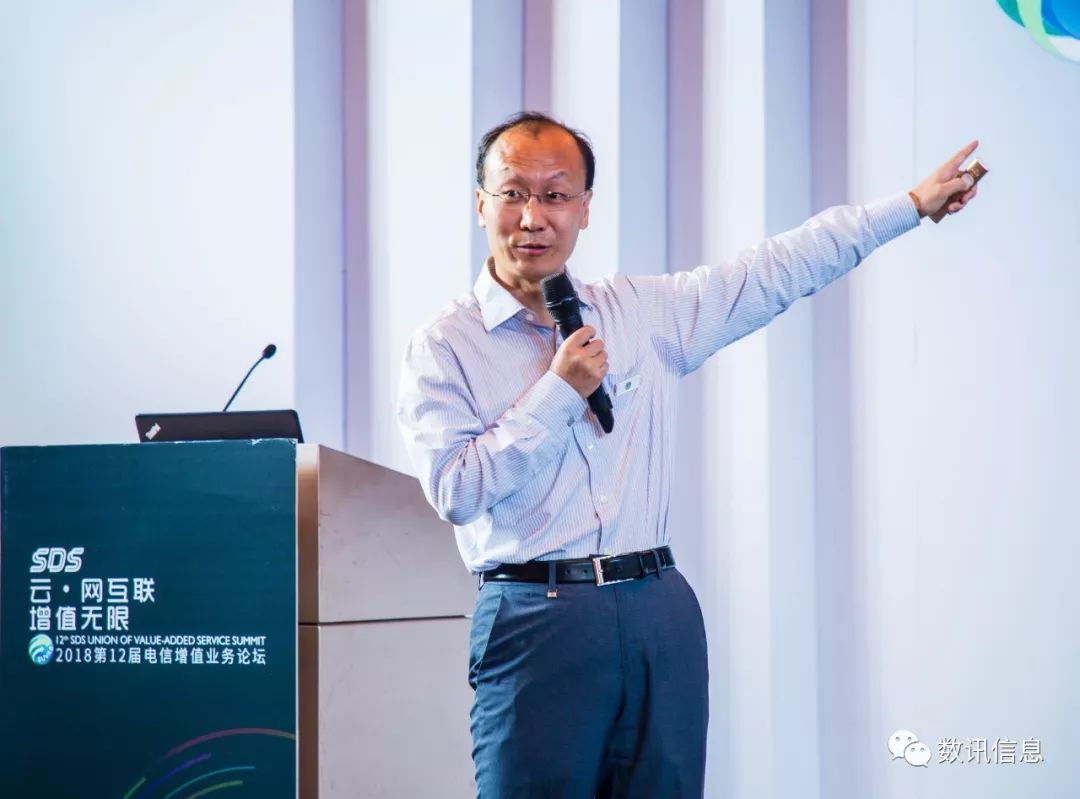
Mr. He Baohong, the Director of CAICT Cloud Computing & Big Data Research Institute
Mr. He pointed out that the application of Cloud computing in domestic market was gradually spilling over from internet industry to traditional sectors like the government agencies, financial institutions, manufacturing, education and healthcare organizations, which has lead to a fast growth of industrial Cloud demand from niche market. In spite of such growth, the Cloud computing industry still has many problems to overcome, for example, the lack of products and services in public Cloud segment, the low information security level, and poor service availability, etc.
Under that circumstance, multi-Cloud deployment has become the inevitable choice of many enterprises that are considering moving their business operations up on to Clouds. According to Mr. He, it’s very difficult for a pure public Cloud or private Cloud solution to meet current customer needs. Enterprises need to use a variety of Cloud environments simultaneously to cope with new business development. The mixed-Cloud solutions could not only give a user such advantages as high efficiency and scale effect, but also assure the security and availability of the local data centers of a private Cloud.
According to a survey of CAICT, in 2017, there was 12.1% Chinese enterprises had adopted mixed Cloud deployment. And, it’s estimated that the ratio would increase substantially in the coming years. On the other hand, the Gartner anticipated that by 2020, 90% of business organizations would be using mixed Cloud to maintain their infrastructure management.
In the mean time, driven by the continuous evolution of Cloud computing technologies, the IT systems are getting so much more complicated that the whole Cloud computing market started shifting the focus of attention from technologies to services and operation.
“Enterprises are increasingly inclined to use host services. By simply leaving their Clouds to a ‘baby-sitter’, i.e. professional Cloud service providers, they could focus more on their business operation. After all, what our users really need is service. So, in addition to the Cloud-network integration, in future, all resources will be integrated into one and provided to users in the form of services.” said Mr. He Baohong.
Using IT O&M as Using Tap-Water or Electric Power
‘Using IT O&M services as easy as using tap-water or power’ is the beautiful vision that was put up together with the concept of Cloud computing. Mr. Feng Zhenwang, CEO and founder of TYUN, a cooperative partner of SDS’s, pointed out in the SUVAS that in the IT market of internet enterprises, although the public Cloud service mode had already been widely applied at the IaaS level, the delivery of operating and maintenance and security service still stuck with the old model of ‘recruiting, system building, integrating and O&M’, which is hard for middle and small enterprises to bear because of its high cost and low efficiency. That’s why we see technical O&M lagging far behind business development.
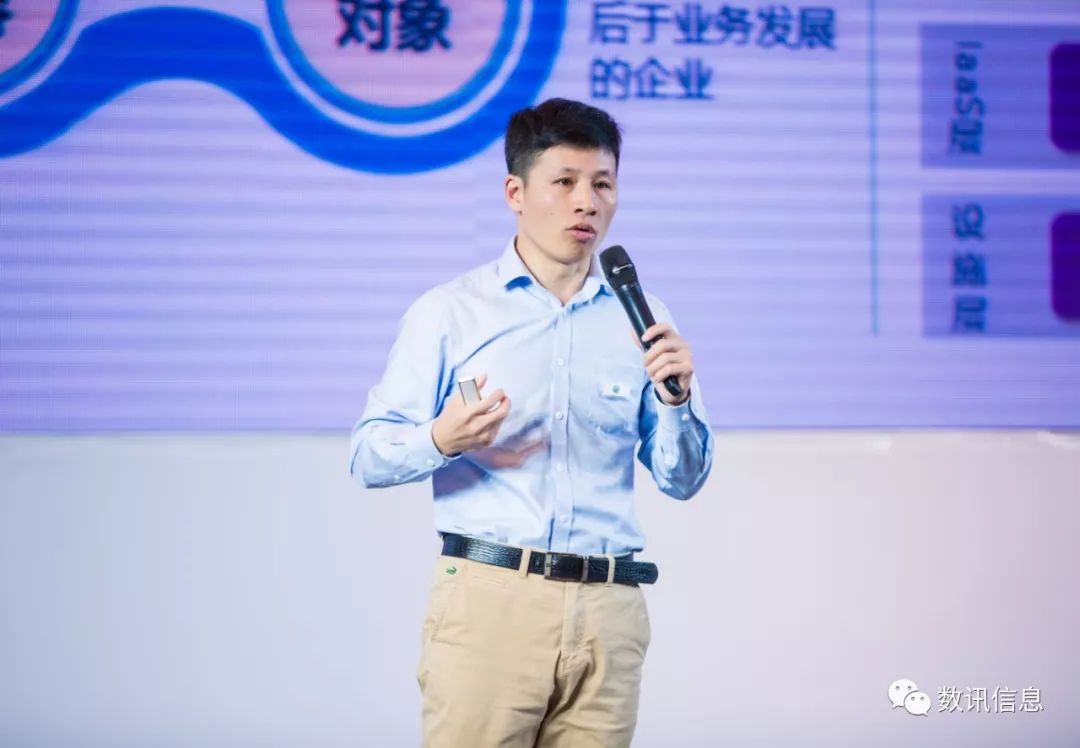
Mr. Feng Zhenwang, CEO and founder of TYUN
“O&M people who understand both internet and Cloud technologies and have extensive practice experience are few in number but great in demand. It usually costs a company RMB 1 million a year to maintain a small O&M team. And it usually takes 3 months to build such a team. In terms of multi-Cloud management, automatic O&M, O&M and security and other systems, it costs a fortune to develop commercialized products, and it costs a great deal of human resource and time to develop open-source products.” said Mr. Feng Zhenwang.
With that in view, the TYUN put up a ‘universally beneficial O&M’ concept. Specifically speaking, it includes ‘Service enables customer O&M’, ‘Provide low threshold, high efficiency, pay-as-you-go operating, maintenance and security services’ and ‘help middle and small enterprises quickly achieve the same O&M efficiency and security level seen in matured internet companies’.
Then, to illustrate his points with an example, Mr. Feng told a story about an Internet Travel project in manufacturing industry. With TYUN’s help, the owner was able to complete the whole project process from user’s need assessment through architectural design to examination and acceptance within 2 weeks at a lower HR cost. Multi-Cloud platform, automatic O&M platform and O&M auditing platform were set up to solve O&M efficiency, specifications, and security problems. Particularly, a cross-region and cross-computing-room file transmission platform was developed to solve the pain spot of file transmission. It the past, it would take 2 or 3 senior technicians at least six months to accomplish the same jobs, which would usually lead to over RMB 1 million of labor cost.
Opportunities and Challenges in Cloud-Network Integration Era
Mr. Li Tianyi, Vice GM of IIJ, shared his view about the future development of IT infrastructure facility operators from another perspective, i.e. non-functional requirements on Cloud-network integration. He said that the whole process of Cloud migration was very complicated, involving preliminary consultation and planning and post-delivery O&M and improvement. If a user wishes to retain current application architecture, the migration and cost will go even higher. Therefore, it’s not enough for the user to have just IaaS services. They need IaaS plus management services to really have a complete solution.
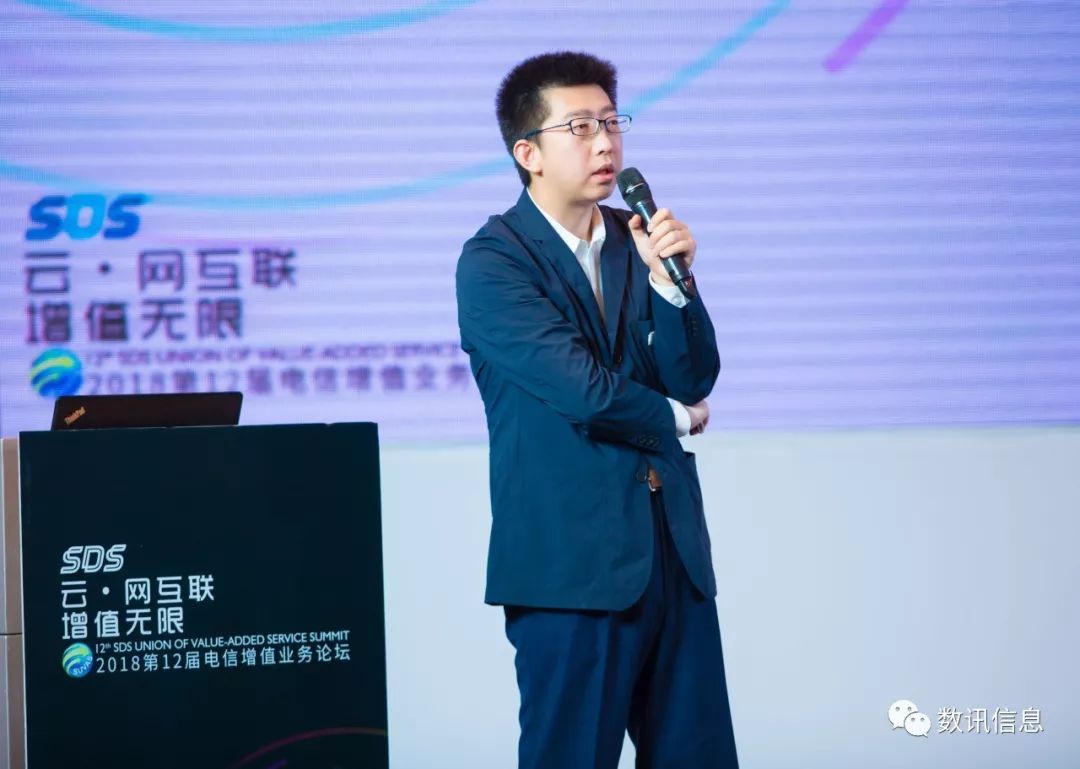
Mr. Li Tianyi, Vice GM of IIJ
The challenges on the network side were even greater, e.g. the huge workload required for multi-outlet deployment, the network failing to support ever-increasing non-functional needs, the loss of flexibility of internal networks on a Cloud platform, etc.
For that reason, IIJ tries to improve the user’s experience of Cloud-network integration in five dimensions, i.e. Reliability, Serviceability, Availability and Data Integrity, and continue improving its understanding over customer’s business and related companies operating in vertical industry;
“If we don’t have a clear understanding about our users’ business and operating logics, we wouldn’t be able to help them achieve serviceability and security goals. In this era of Cloud-network integration, we choose to focus on features and quality, so that we could deliver computational resource virtualization projects that are really good to use and, based on that, expand the coverage of our management services and improve O&M automation level. Also, we’d be able to deliver network functional virtualization projects that really work and, consequently, put up high efficiency and high serviceability inter-connection solutions meeting users’ mixed Cloud or multi-Cloud needs. In addition to all that, we could guarantee the security of all Clouds and networks and proactively put all security services in place.” Mr. Li concluded.
As all can see, the coming of multi-Cloud era has put higher requirements on the Cloud-network integration. Users start shifting their attention to services and expecting ‘Cloud + Network + Management Service’ solutions in one package, so that they could mitigate the stress of IT O&M and architecture transformation. With the extensive network and computing resources in hand, SDS is able to act as a one-stop ‘Cloud Computing Vendor’ of enterprise users and provide them with all-round Cloud-network integration services boasting of unique and strong features and, eventually, better promote their Cloud-ward transformation and business development.
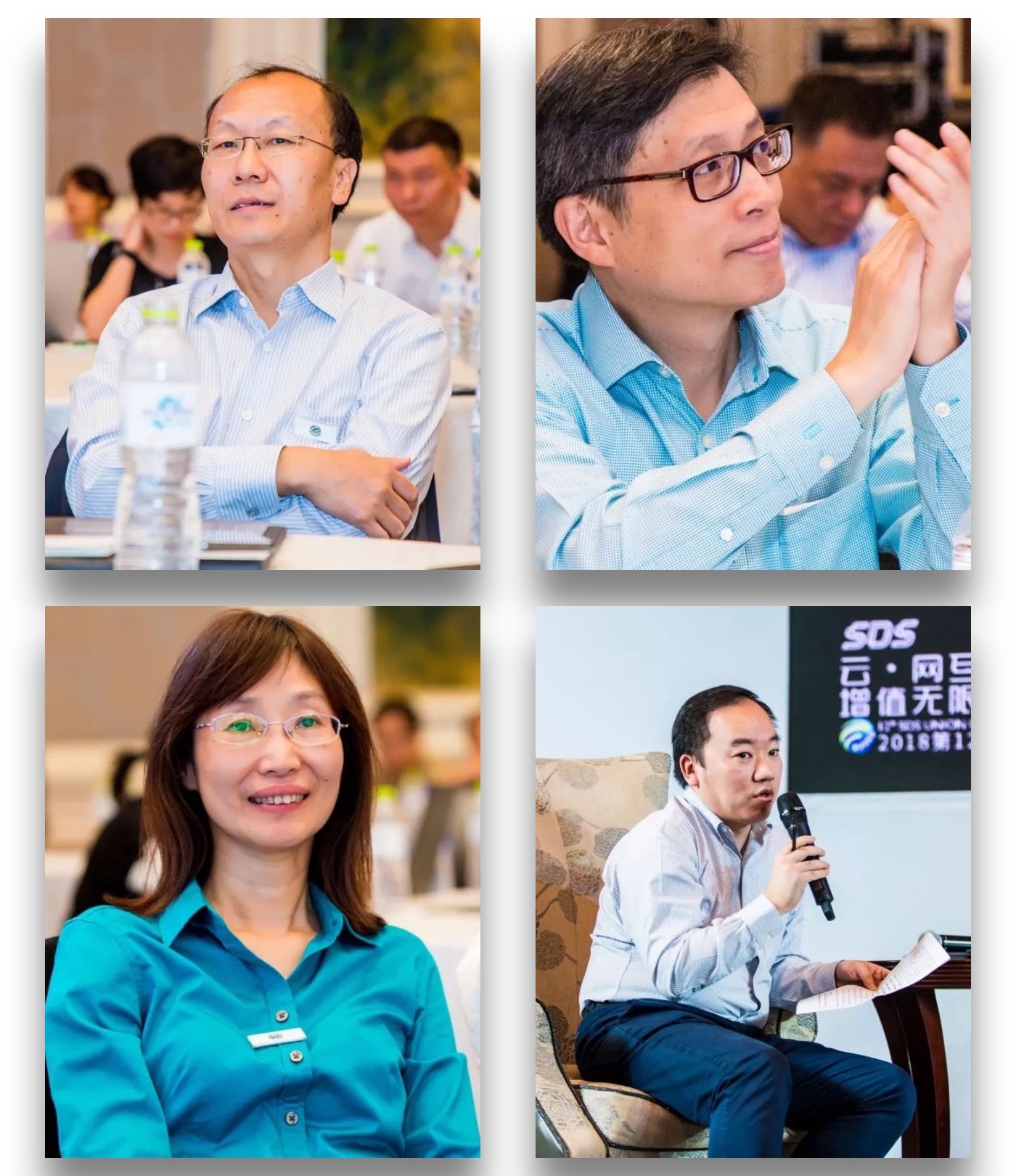

 中文
中文




